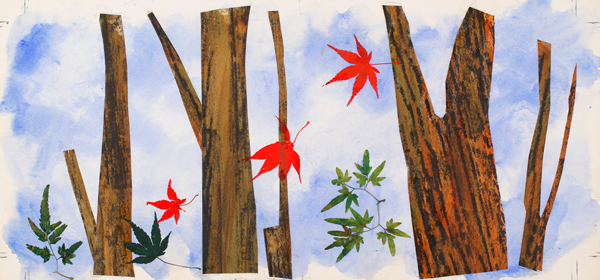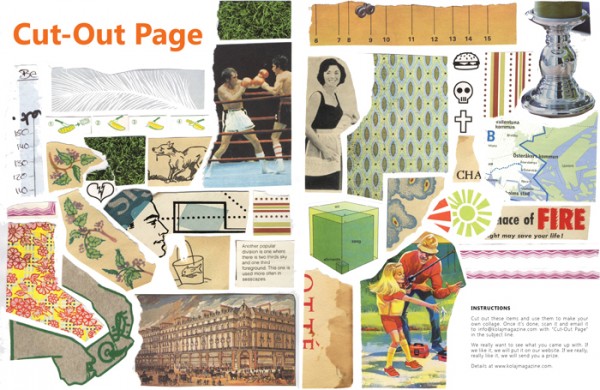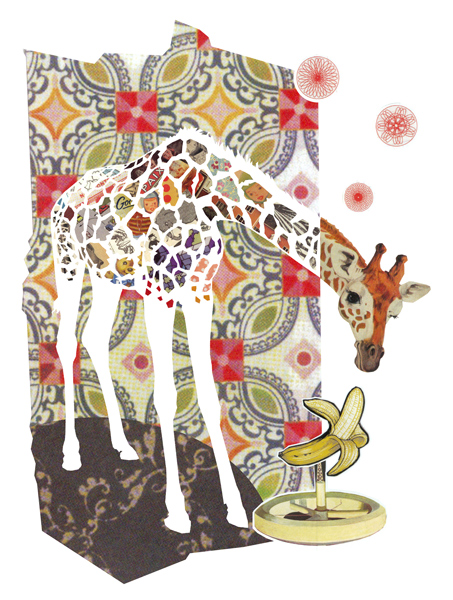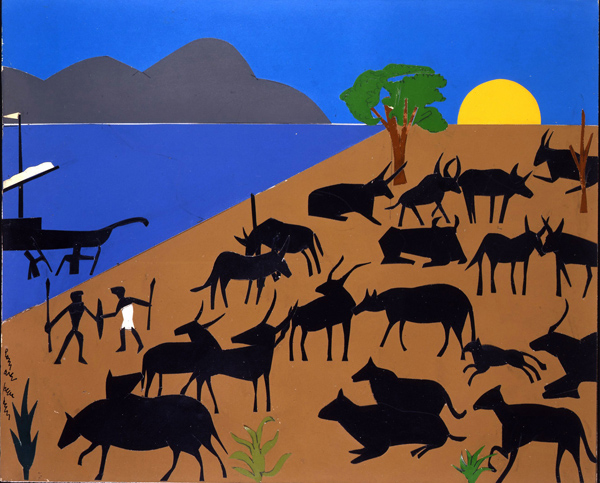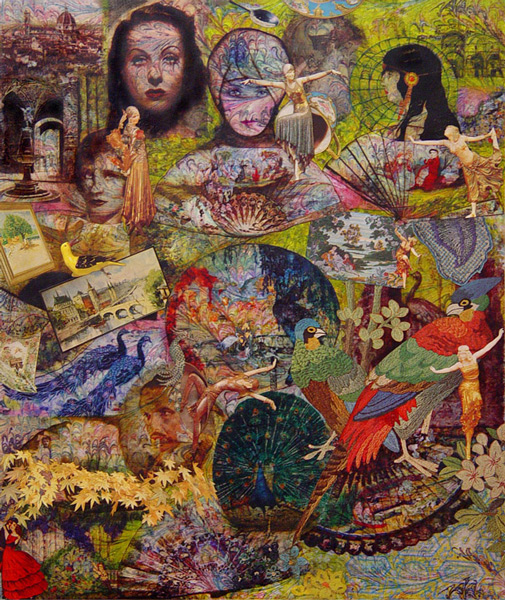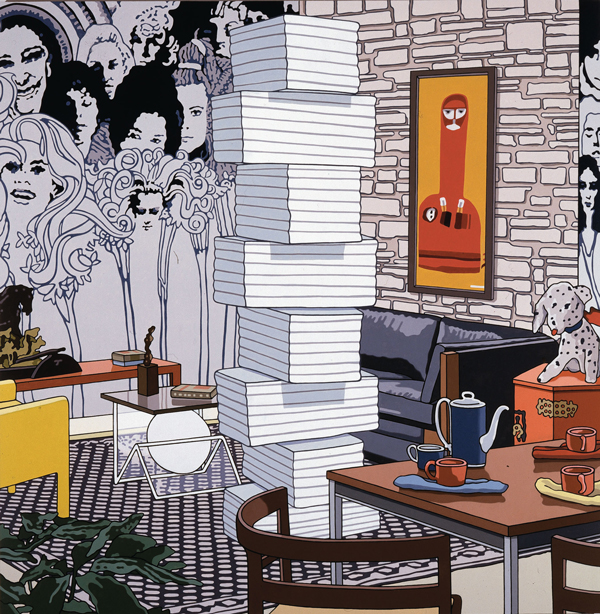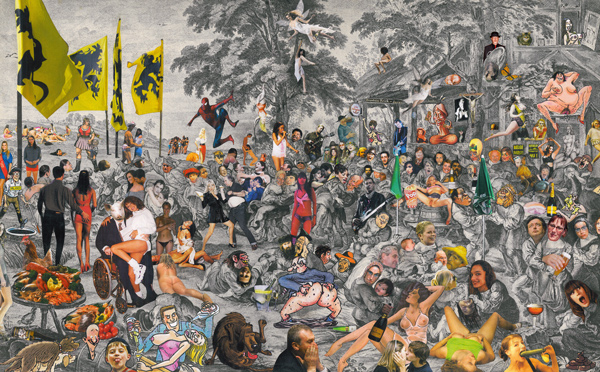
2 February-24 March 2013
“We Will Remember This Planet”: Marking out the playground boundaries, setting rules, cutting up, recycling, gathering materials, clashing ideas, naming objects, arranging in series: This is André Stas’ technique, even if sometimes he does something different, as he loves to play tricks.

